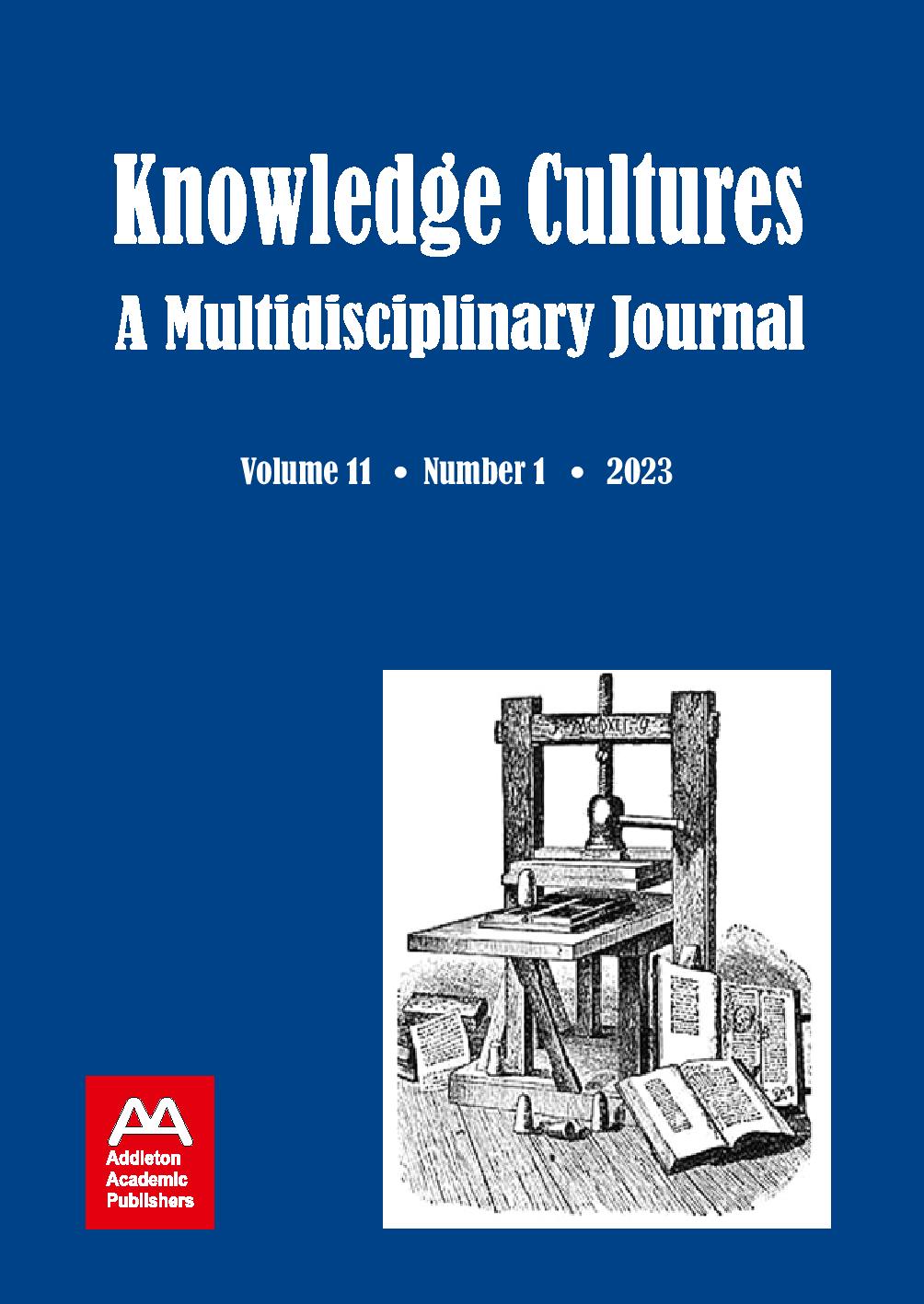Children’s Participation and Engagement in Biosecurity and Forest Health: Toitū te Ngahere
Children’s Participation and Engagement in Biosecurity and Forest Health: Toitū te Ngahere
Author(s): Marie McEntee, Mark Harvey, Molly Mullen, David C. Houghton, Ariane Craig-SmithSubject(s): Environmental Geography, Culture and social structure
Published by: Addleton Academic Publishers
Keywords: arts; Aotearoa; biosecurity; children’s participation; socio-environmental issues
Summary/Abstract: The arts, mātauranga Māori, and the environmental and social sciences might seem like unusual bedfellows for engaging children in biosecurity. But this article proposes that these diverse knowledges interwoven together in project activities can play an important role in facilitating children’s engagement in biosecurity issues. We reflect on our collective learning in a schools-based arts project, Toitū te Ngahere: Sustainability of the Forest and the Arts, which involved a transdisciplinary team from the Creative Arts, Social and Environmental Sciences, Education and mātauranga Māori, with partners from participating schools and local artists. We examine the contribution that different knowledges offer to children’s learning about, and engagement in, forest health management, focussing, in particular, on the plant diseases kauri dieback and myrtle rust. We illustrate our approach to interweaving knowledges by describing and reflecting on three project activities. We then examine the structural and relational barriers that both undermine and promote the interweaving of knowledges for fostering children’s participation in ngahere (forest) health. We argue that to effectively engage children in forest health requires a strongly relational, place-based approach to research and engagement that fosters bottom-up collaborative processes based on care and values and interweaves diverse knowledges in creative ways. How effectively this can be achieved depends on wider dynamics, including societal tensions between colonial norms, mātauranga Māori (Māori knowledge frameworks) and Kaupapa Māori (Māori customary practices); the level of engagement a school has with te ao Māori (the Māori world); aspects of curricula; and notions of time and strategies in teaching children. Our reflections from the first year of this project show that interweaving multiple knowledges into project activities can enrich children’s inquiry and lead to locally relevant action that is well suited to complex socio-environmental issues.
Journal: Knowledge Cultures
- Issue Year: 11/2023
- Issue No: 1
- Page Range: 154-183
- Page Count: 30
- Language: English
- Content File-PDF

